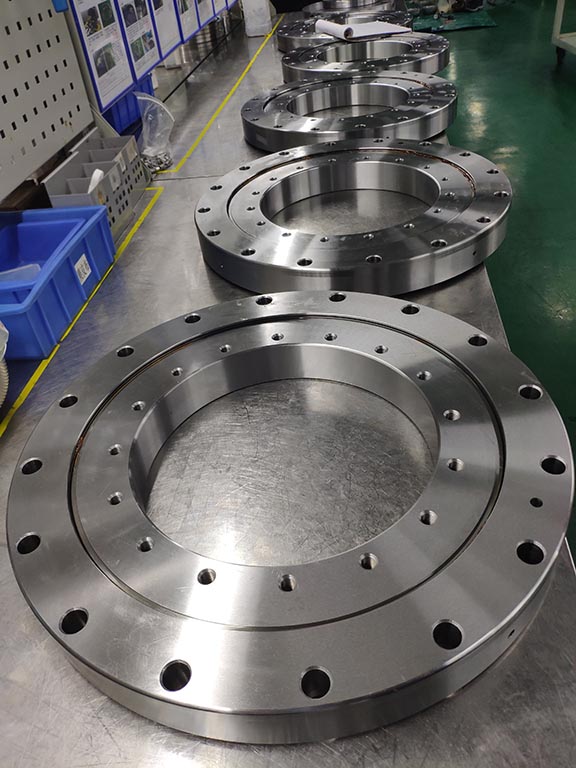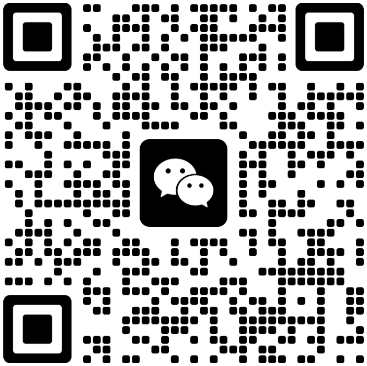Rolling bearing clearance is categorized as either adjustable or non-adjustable. Angular contact ball bearings, tapered roller bearings, thrust ball bearings, and thrust roller bearings, all other bearing types, have non-adjustable clearance. Bearings with adjustable clearance should be adjusted after installation and during use. Adjustments during use can partially compensate for increases in bearing clearance caused by bearing wear. Bearings with non-adjustable clearance should still be checked after assembly and during use. The results will determine whether reinstallation, repair, or replacement is necessary.
Axial clearance and radial clearance are not significantly related; axial clearance can be controlled directly during installation. Consider whether the bearing is used alone or in pairs. If the bearing is used alone, since it is separable, the axial clearance must be controlled after installation. This can be measured using a micrometer at the shaft's axial limit position (the amount of displacement at the push and pull limit positions). For paired bearings, simply secure the inner and outer rings, and the clearance is controlled by the groove position created during manufacturing. In high-precision applications with minimal heat generation, negative clearance can be used. If the bearing cannot be pushed during measurement, it is negative. However, this process gradually decreases until it reaches a negative value. If the bearing is suddenly overtightened, it can cause shaft seizure and burns. For less precise requirements, the axial clearance should be controlled between 0.1-0.3mm during installation. If the shaft heats up significantly, the clearance may need to be increased.
There are many methods for adjusting the axial clearance of rolling bearings, including shim adjustment, nut adjustment, screw cover adjustment, and inner and outer sleeve adjustment. Shim adjustment is the most common method. During adjustment, the side cover fixing screws are generally tightened without shims until the shaft stops rotating, indicating no clearance in the bearing. Use a feeler gauge to measure the distance K between the side cover and the bearing seat end face. Shims are then added, with the thickness equal to the K value plus the axial clearance. It is important to note that the accuracy of this adjustment method depends on the quality of the side cover and shims. A shim set should consist of shims of varying thicknesses. Shims should be smooth and free of burrs on the inner and outer edges.


